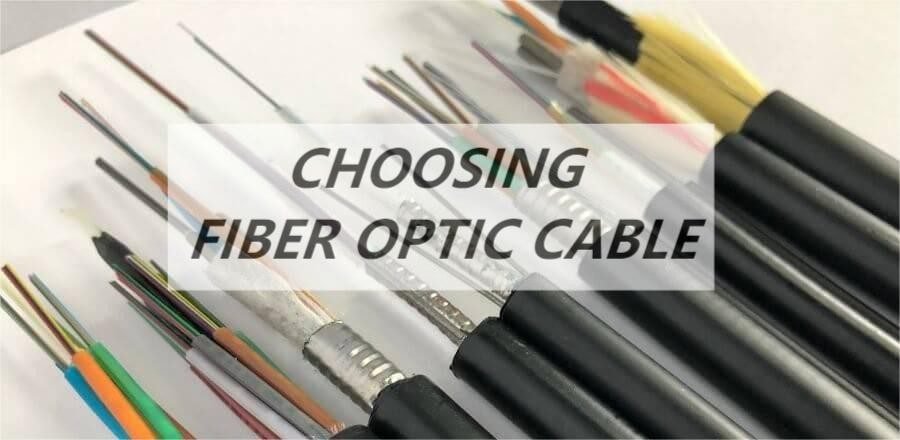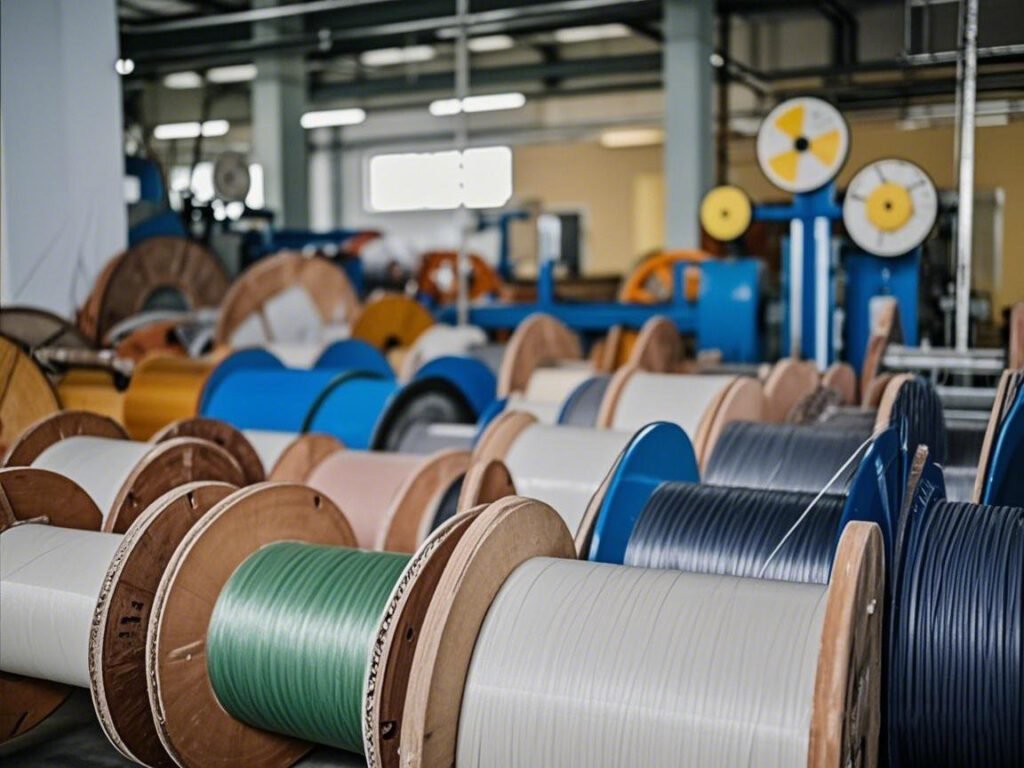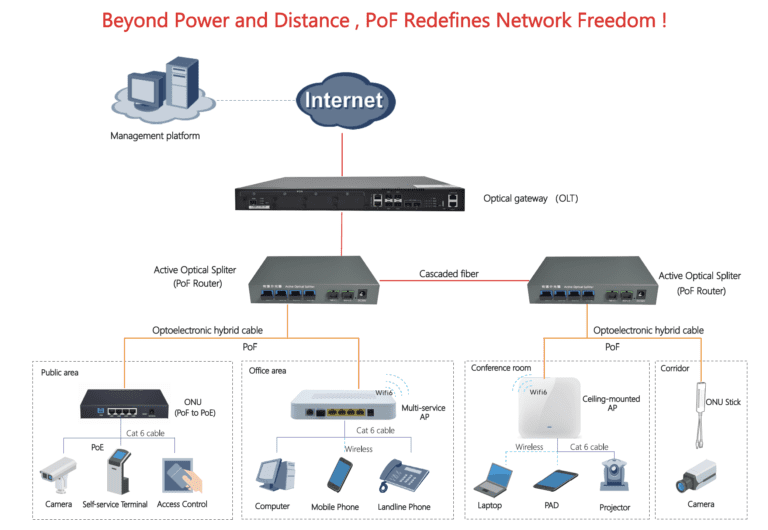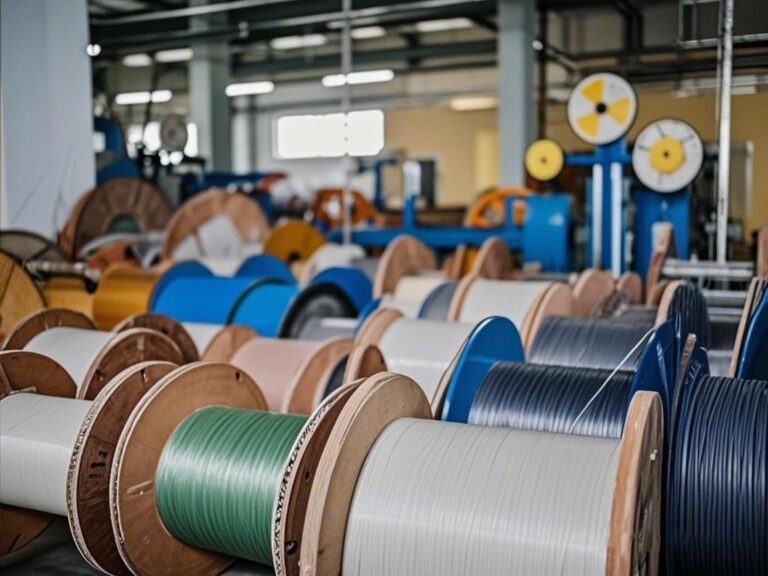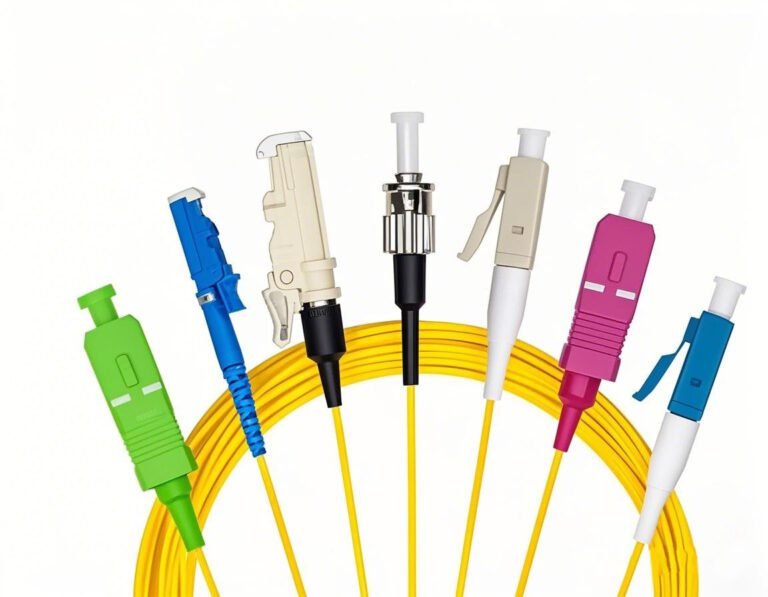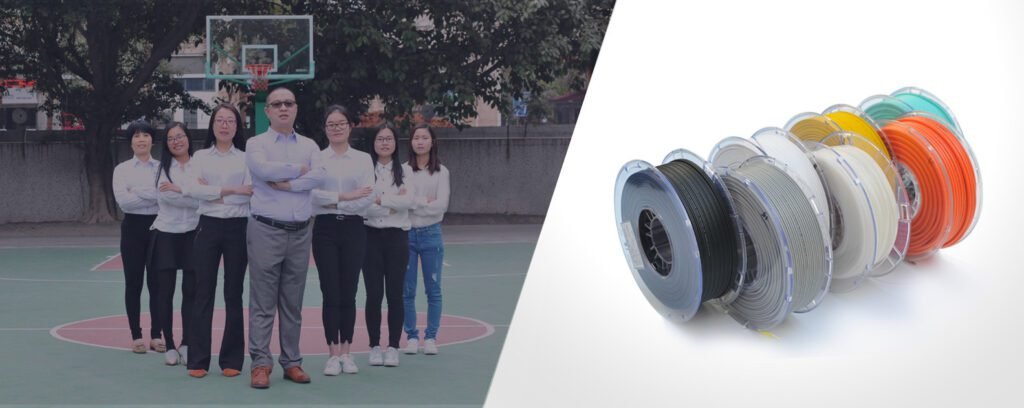What Factors Influence the Costs of Custom Fiber Optic Cable Services?
In today's high-speed digital world, fiber optic cables1 are pivotal, yet understanding their costs can be daunting. This post unravels the complexities. By exploring key cost factors, we aim to simplify decision-making for telecom engineers and product managers.
The costs of custom fiber optic cable services are determined by multiple factors, including the cost per foot of cable, installation methods, environmental conditions, data transmission capacity, and specific application requirements. Understanding each element helps in optimizing budgets and ensuring efficient project execution.
Embarking on a fiber optic project can feel like navigating a labyrinth. Each decision, from cable type2 to installation method, leads to varying costs. Let's delve deeper into these factors, offering clarity and confidence in your project planning.
How Does the Cost Per Foot of Cable Affect Overall Expenses?
The cost of fiber optic cable is a foundational expense in any project. It can vary widely based on type and specifications, impacting the total budget significantly. Knowing these costs is crucial for accurate financial planning in telecommunications projects.
Fiber optic cable costs3 range from $0.09 to $1.52 per foot, influenced by the cable type and specifications. Single-mode cables4 are generally cheaper than [multi-mode ones]https://www.fs.com/blog/multimode-fiber-types-om1-vs-om2-vs-om3-vs-om4-vs-om5-1090.html)[^5], with a 24-fiber tight-buffered cable costing between $1 to $6 per foot.
Understanding Cable Types and Specifications
Single-Mode vs. Multi-Mode: Single-mode cables, more cost-effective, are preferred for long-distance applications, while multi-mode cables, which are pricier, are ideal for shorter distances due to their higher data transmission capabilities.
Tight-Buffered Cables: These offer robust protection and are often used in indoor applications, with prices ranging significantly based on fiber count and quality.
| Cable Type | Cost Per Foot | Applications |
|---|---|---|
| Single-Mode | $0.09 - $1.00 | Long-distance communication |
| Multi-Mode | $0.20 - $1.52 | Short-distance data centers |
| 24-Fiber Tight-Buff | $1.00 - $6.00 | Indoor, high-security needs |
Understanding these differences aids in selecting the right cable for your specific needs, balancing cost5 with performance requirements.
What Are the Components of Installation Costs?
Installation costs are crucial to the total expense of fiber optic projects. They can vary widely based on the scale and specifics of the installation process, making them a key consideration in budgeting.
Installation costs for fiber optic cables range from $15,000 to $30,000 for commercial buildings with 100 to 200 drops. The cost per drop decreases as more drops are installed, creating economies of scale6.
The Impact of Installation Scale
- Cost Breakdown by Number of Drops:
- 50 drops: $7,500
- 100 drops: $15,000
- 150 drops: $22,500
- 200 drops: $30,000
This breakdown illustrates how incremental increases in the number of drops can optimize cost efficiency.
How Do Installation Methods Influence Costs?
The method of installation—whether aerial or underground—plays a significant role in determining overall project costs. Each method has its advantages and drawbacks, affecting both budget and performance.
Aerial installation costs between $5,000 to $10,000 per mile and is quicker but more vulnerable to environmental damage. Underground installation, costing $10,000 to $20,000 per mile, offers better protection but at a higher price.
Aerial vs. Underground Installation
- Aerial Installation: Quicker and cheaper but exposed to weather-related risks.
- Underground Installation: Costlier and time-consuming, yet provides superior protection against environmental hazards.
| Installation Method | Cost Per Mile | Advantages | Disadvantages |
|---|---|---|---|
| Aerial | $5,000-$10,000 | Faster, less expensive | Vulnerable to environmental damage |
| Underground | $10,000-$20,000 | Protected, durable | Higher cost, longer setup time |
By weighing these factors, you can choose the most suitable method for your project’s needs and budget.
How Do Environmental and Physical Factors Affect Costs?
Environmental and physical obstacles can significantly impact the costs of fiber optic installations. These factors require specialized solutions, which can drive up expenses.
Harsh environments and physical obstacles, like underwater areas7 or highways, necessitate specialized materials and increased costs. These challenges require tailored solutions, influencing the overall budget.
Navigating Environmental Challenges
Specialized Materials: High-temperature or underwater environments demand robust, costly materials.
Physical Obstacles: Features like highways or preserved sites require complex and often expensive installation techniques.
Understanding these challenges allows for more accurate budgeting and planning, ensuring that projects stay on track financially.
What Role Does Data Transmission Capacity Play in Costs?
The data transmission capacity of fiber optic cables is a key determinant of their cost. Higher capacity cables require advanced technology and materials, leading to increased expenses.
Cables designed for higher data transmission capacities are more expensive due to the need for advanced technology and materials. These cables are essential for high-speed internet and data transfer applications.
Balancing Capacity with Cost
- High-Capacity Cables: Essential for large-scale data centers and high-speed internet applications, these cables are more expensive but vital for performance.
Accurately assessing your capacity needs can help in selecting the right cable type, balancing performance with budget constraints.
Why Do Application-Specific Costs Matter?
Application-specific requirements significantly affect the cost of fiber optic projects. Different environments and uses demand tailored solutions, influencing overall expenses.
Costs vary across residential, commercial, and industrial applications. Residential setups are simpler and cheaper, while industrial needs require durable, high-cost solutions.
The Spectrum of Application Costs
- Residential: Lower costs due to simpler installations and shorter distances.
- Commercial: Costs vary with building size and network needs, often using single-mode cables.
- Industrial and Military: High costs due to the need for durable, secure cables.
By understanding your specific application needs, you can better anticipate costs and ensure project success.
Conclusion
In understanding the costs of custom fiber optic cable services, it is crucial to consider various factors, including cable type, installation methods, environmental conditions, and specific application needs. By carefully evaluating each element, telecom engineers and product managers can ensure efficient budgeting and project planning. This comprehensive guide aims to provide clarity and practical insights, empowering decision-makers to optimize their fiber optic investments. By grasping these complexities, you can make informed choices, balancing cost with performance to achieve optimal results in your telecommunications projects.
Explanation: Provides general knowledge about fiber optic cables, explaining their importance in telecommunications and how they work. ↩
Explanation: Explanates the differences between single-mode and multi-mode fibers, assisting decision-makers in choosing the right type for their project. ↩
Explanation: Offers insights into the current market prices of various types of fiber optic cables, including insights into what affects these costs. ↩
Explanation: Clarifies why single-mode cables are preferred for long distances and their cost benefits. ↩
Explanation: Helps to understand the complete financial picture, including equipment, labor, and installation costs in fiber optic projects. ↩
Explanation: Provides information on how increasing the number of units produced (or installed, in this case) can decrease the cost per unit, an important concept in budgeting. ↩
Explanation: Discusses the specialized requirements and challenges of installing fiber optic cables underwater, which often increase installation costs. ↩

